Lithium Iron Phosphate (LiFePO4) lithium batteries have grown in popularity with great safety, long cycle life, and stable chemical properties. As is the case with any batteries, these need to be well managed, first of all, it has to deal with understanding the minimum discharge parameters on these batteries. In this article, we will analyze the principles, concerning the discharge of a LiFePo4 battery, i.e., what are the parameters, for example, at what voltage should I stop the discharge, how much current to give, and how best to care about the electrical storage?
Basics of LiFePO4 Batteries
Composition and Chemistry
They make use of lithium iron phosphate as the cathode material and are a type of lithium-ion battery. This formula has several benefits such as thermal stability, chemical stability, and more safety than other lithium-ion batteries. These batteries have a voltage of 3.2V per cell, and a 12V LiFePO4 battery pack is usually composed of four cells in series to make a voltage of 12.8V.
Key Characteristics
Safety: LiFePO4 batteries are less susceptible to heating and thermal runaway which means they are safer than other lithium-ion derivatives.
Cycle Life: They provide a longer cycle life, regularly up to 2000 cycles at 80% depth of discharge (DoD),
Efficiency: This type of battery is highly efficient in terms of charging and discharging and it would be around 95%.
Weight and Size: It is lightweight and small in size, thereby making it suitable for use.
Minimum Discharge Voltage
Minimum DOD: The minimum depth of discharge is the least level to which a battery can be safely discharged without killing a lifetime or killing it. The minimum discharge voltage is critical for a 12V LiFePO4 battery because dropping below this level can make the battery irreversibly damaged, capacity loss and safety risks.
Recommended minimum discharge voltage: A 12V LiFePO4 battery will have a recommended minimum discharge voltage of about 10.0-10.5V, discharging below this point will lead to several problems:
Imbalance of the Cell: Battery pack cells can be unnecessarily imbalanced, thus causing uneven charging times and discharging cycles.
Energy Capacity Loss: The energy storage capacity of the entire battery can be degraded, leading to a shorter lifespan.
The internal resistance of the lithium-ion cells can be increased by the stand-by current and the efficiency of the battery can be impaired!
Potential Harm: The battery cells can be physically and chemically damaged through severe discharging, elevating the potential for failure or worse, such as leaking, or even in the worst case, igniting flames.
Voltage Cutoff Mechanisms: To prevent the battery from discharging below the minimum allowable voltage, battery management systems (BMS) are deployed. The BMS also tracks the voltage of individual cells in the battery pack to prevent the voltage from dropping too low. BMS Disconnect will happen to cut off the load to protect the battery in a situation where that voltage is close to the minimum.
Depth of Discharge (DoD)
Depth of Discharge - DoD is the percentage of the battery's capacity that has been utilized. Discharging a battery to for example 80% of its capacity can take up 80% of the DoD. The DoD and the battery life is another crucial relationship as deeper DoD levels would normally bring about shorter cycle life.
Optimal DoD for Longevity
LiFePO4 batteries typically have a service life of around 2,000 to 4,000 cycles at 100% DoD, but this can be increased to 3,500 to 10,000 cycles if the charge and discharge are limited to 80% DoD. Whilst LiFePO4 batteries are inherently designed for deep discharge, subjecting them to full cycles in every use can negatively affect their cycle life. A 50% DoD is barely perceptible, and it can result in the battery lasting significantly longer, even above 3000 cycles.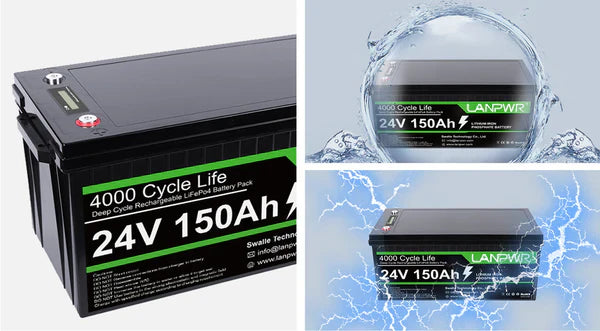
Discharge Rate and Its Impact
Rate Explanation
Battery discharge is frequently characterized in terms of the C-rate, which is a measure of the rate at which a battery is discharged than its capacity. If a battery is discharged at the 1C rate it means it is discharged in one hour, whereas at 0.5C the battery is discharged over two hours only.
High Rate Discharge Impacts
LiFePO4/LFP: fast discharge rates reduce performance and life These types of batteries can take more of a beating in terms of discharge rates compared to the others, however, there are consequences for over-discharging as it can cause:
Heating: High charge rates at high discharge rates that may cause the battery to burn out and cause thermal stress and cycle life reduction.
Voltage Sags: A quick discharge can lead to a momentary voltage drop which can impact the performance of the connected device or system.
Efficiency Loss: Higher discharge rates are going to lead to a loss of overall battery efficiency because it loses more energy in the form of heat.
Recommended Discharge Rates
For a 12V LiFePO4 battery, a 0.5C-1C discharge rate is best for performance improvement and life extension. If you need a higher discharge rate in short periods that is ok, but do not use higher discharge for too long or the battery cells suffer from wear.
How to Safely Discharge LiFePO4 Batteries
Regular Monitoring
Keep Check the Voltage and State of Charge(SoC) of your LiFePO4 battery. Employ a trustworthy battery management system (BMS) that should deliver actual real-time data and try to keep it in a safe operating range, it will let you know when the temperature is outside of a certain range, so you should take action to cool the battery.
Avoid Deep Discharge
Neither discharge the battery below the minimum voltage(10.0V TO 10.5V) Try to avoid discharging the battery below 80% DoD to optimize the cycle life of the battery.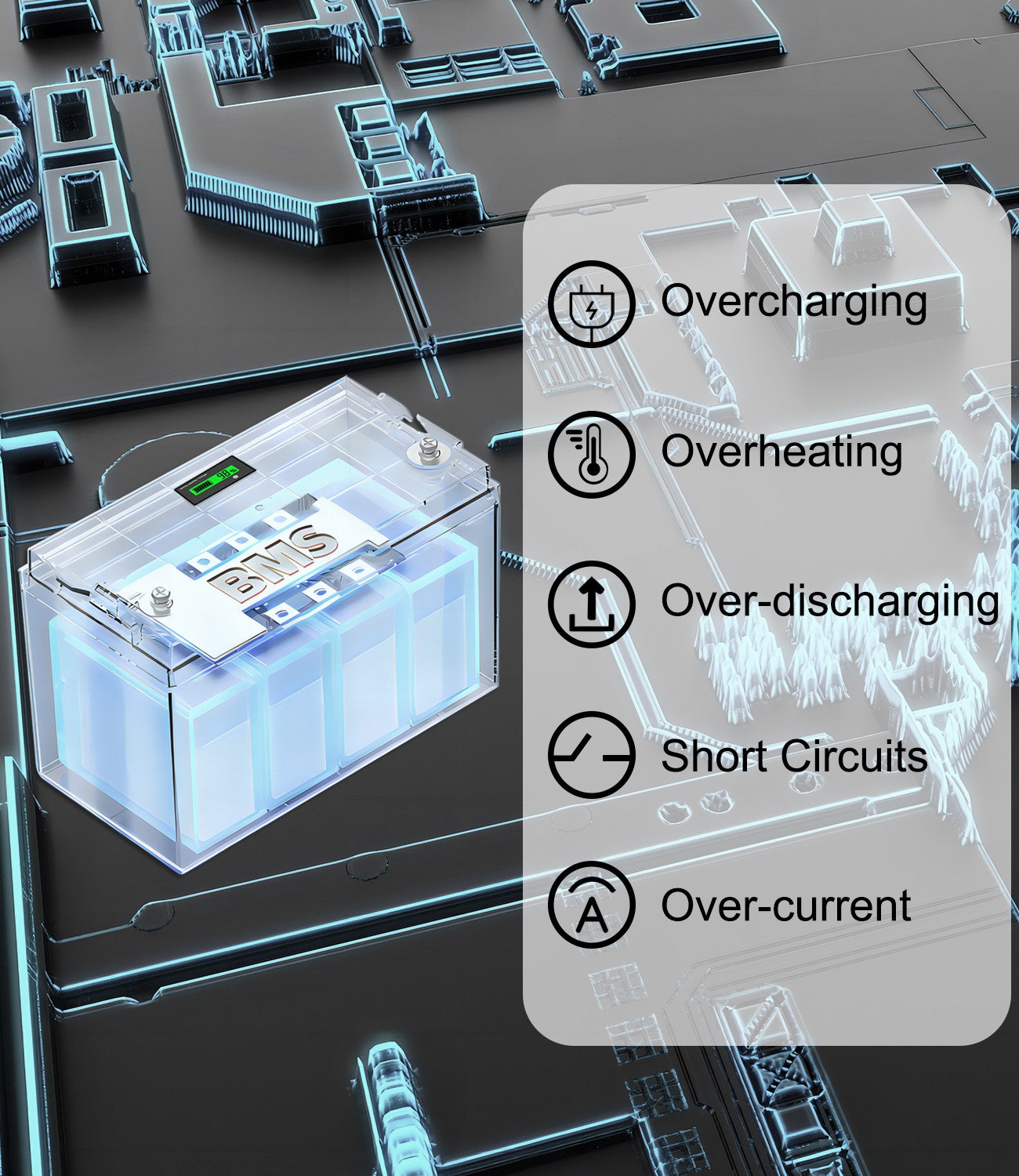
Use Appropriate Chargers
Only use chargers intended for charging LiFePO4 batteries. Usually, these chargers come with features that prevent both overcharging and over-discharging, thus adding an extra layer of protection to the battery.
Temperature Management
The proper operating temperature range for LiFePO4 batteries is regarded as the best temperature range. Do not expose it to high or low temperatures as this can affect its discharge and the battery life in general.
Balanced Charging
Use a BMS with cell-balancing capabilities for maintaining the balance of cells in the battery pack. It can help to keep all the cells well-balanced charging at the same time so all the cells can be in the same voltage, therefore no individual cell should be discharged.
Once Or Twice A Year Full Charge And Discharge Periodically
Although this is not the best practice to treat lithium batteries, a full discharge and then a full charge will help reset the battery management system so that you get an accurate battery level reading. Yet, it should be performed in moderation and controlled.
Applications and Considerations of Genetic Programming
You can see this type of battery being used across multiple domains and it is solely because it comes with the following characteristics:
Solar / Wind Energy: Energy Storage for Solar and Wind Energy systems (those are efficient and have long life cycles)
EVs: Segmented as High-Performance/Safety Drag according to their safety and performance.
Portable electronics: Wearable electronics mimic mobile phones and smart-wear.
Marine and RV: Great for use in ships and vehicles because they are both tough and safe.
Specific Considerations
Consider the specific discharge requirements when using LiFePO4 batteries in different applications:
High-Drain devices: For high-power output devices, your battery should be capable of discharging at the needed rate without significant voltage sag or excess heating.
To maintain an optimal SoC and to prevent deep discharge over long periods, always keep the battery readiness and durability when needed seriouslyBackup Power
Cycle Use: For normal applications with average charge and discharge cycles try to keep the DoD at mid-level to maximize the useful cycle life.
Summary,
To make sure a 12V LiFePO4 battery has a decent life and works as designed, it is crucial to know the minimum discharge parameters. Sticking to recommended low-cutoff voltages, using correct discharge degradation rates, and good battery management practices should help users get more out of these futuristic cells. Whether in solar power systems, electric vehicles, or portable electronics, a well-managed LiFePO4 battery as a power source can be a reliable one and a safe one.

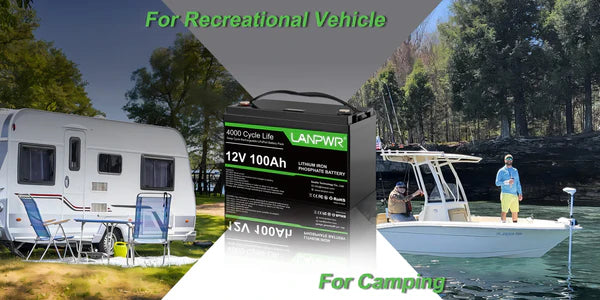
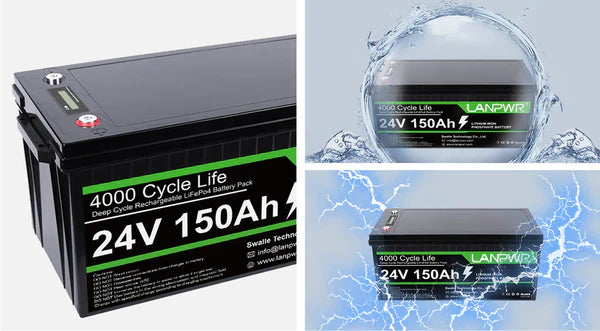
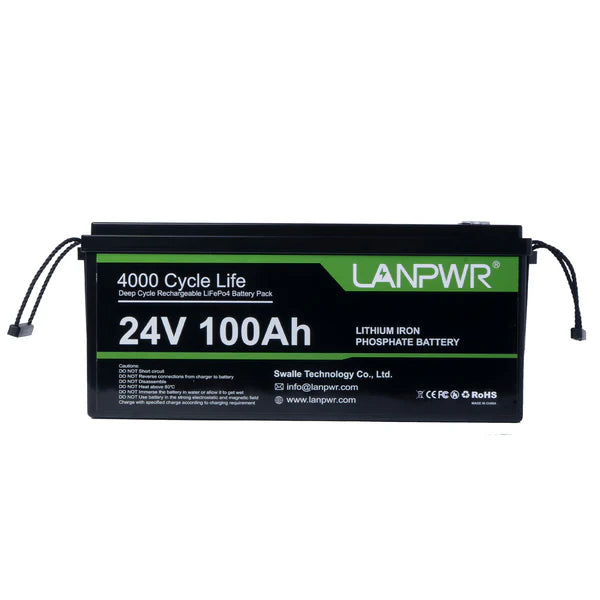










Leave a comment
This site is protected by hCaptcha and the hCaptcha Privacy Policy and Terms of Service apply.